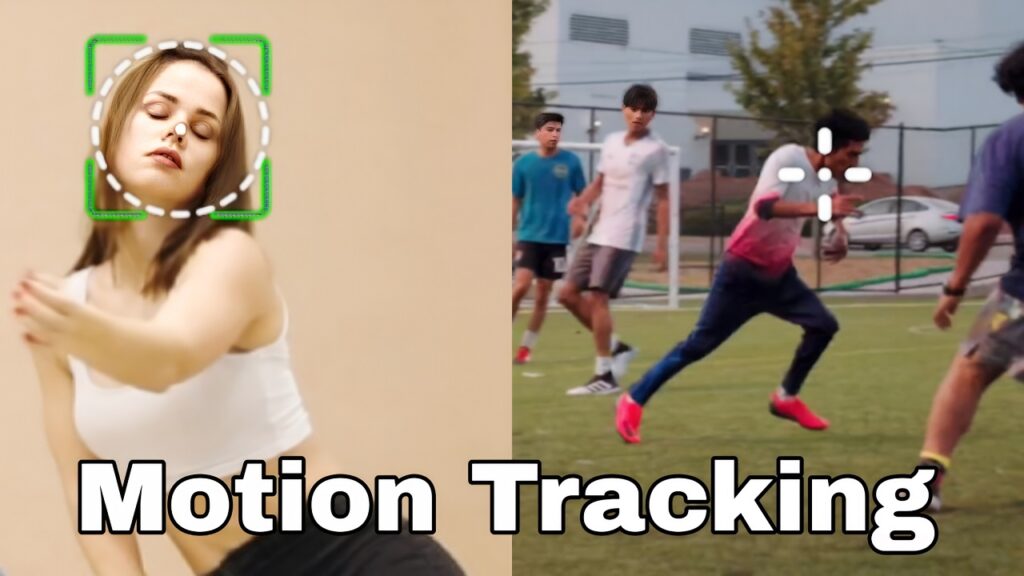If you’ve been scrolling through TikTok or Instagram lately, you’ve probably noticed something different about the videos popping up on your feed. Text that follows dancers as they move, graphics that stick to athletes mid-jump, effects that somehow know exactly where to be at the right moment. That’s motion tracking at work, and it’s completely changing how we create content in 2025.

With TikTok’s user base hitting 1.58 billion and Instagram Reels becoming increasingly competitive, creators are constantly hunting for ways to make their videos stand out. Motion tracking has become that edge everyone’s been looking for.
AI Makes the Magic Happen
The real breakthrough here is artificial intelligence. Remember when motion tracking required expensive software and hours of frame-by-frame adjustments? Those days are gone. Apps like Filmora, CapCut, and Tracket Motion now do the heavy lifting for you. Just select what you want to track, hit a button, and watch the AI work its magic.
These smart systems can follow practically anything—faces, hands, moving objects, you name it. What used to be reserved for professional video editors with fancy equipment is now available to anyone with a smartphone and a creative idea.
Read Also – Secret Ways to Find ANY WiFi Password Instantly
Why Everyone’s Jumping on This Trend
The numbers tell an interesting story. Videos using motion tracking effects see engagement rates jump by around 80% compared to regular posts. That’s huge when you’re trying to build an audience or promote something. Content creators have figured out that motion-tracked elements create a more immersive viewing experience, the kind that makes people stop scrolling and actually watch.
We’re seeing motion-tracked text following workout instructors, branded overlays moving with skateboard tricks, and interactive elements that respond to every gesture. Studies suggest these videos get about 15% higher engagement than static content, which explains why the technique has spread so quickly.
Real-Time Results Change Everything
Here’s what makes 2025 different from even a year ago: real-time processing. Thanks to better processing power and 5G connectivity, you can see your tracking results instantly. No more waiting around, exporting test versions, or crossing your fingers that everything lined up correctly.
The integration with augmented and virtual reality technologies has opened up even more creative possibilities. Digital elements can now interact naturally with physical movements, creating those “wow, how’d they do that?” moments that get shared across platforms.
Anyone Can Do This Now
Perhaps the biggest shift is that motion tracking has gone truly mobile. Apps like CapCut, InShot, and KineMaster bring professional-level tracking directly to your phone. No computer required, no complicated software to learn. The tools are right there in your pocket.
These mobile apps pack some serious features—AI-powered object recognition, the ability to track multiple things at once, and direct publishing to social media platforms. It’s this convenience that’s turned motion tracking from a professional trick into something millions of casual creators use every day.
👉 Get Link 👈
The Future of Content Creation
Motion tracking represents more than just a cool editing technique. It’s reshaping how we think about digital storytelling and what’s possible with smartphone creativity. As platforms continue prioritizing video content and younger audiences increasingly turn to visual platforms for everything from entertainment to information, knowing how to use these tools effectively matters more than ever.
The technology keeps improving, the creative possibilities keep expanding, and the barrier to entry keeps dropping. Motion tracking apps aren’t just editing tools anymore—they’re creative catalysts pushing content creation into exciting new territory.